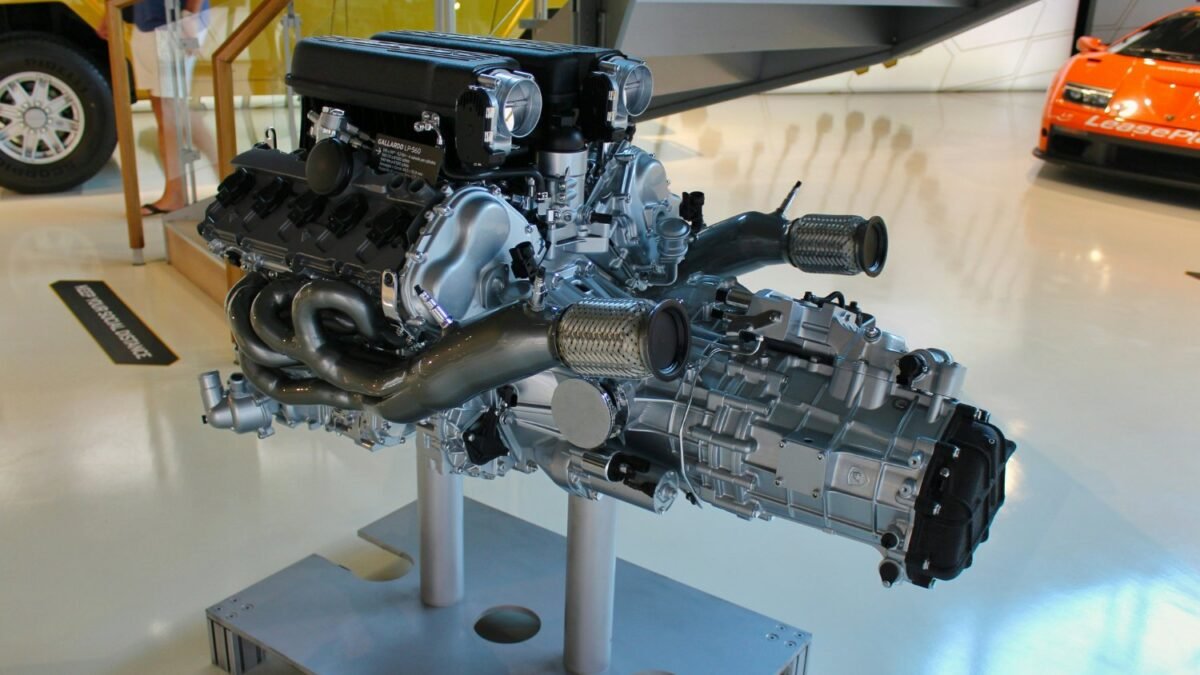8 MW Engine Can Run on 30% Hydrogen: Kawasaki’s Strategy to Reduce Emissions Without Adding More Infrastructure

On October 1, 2025, a major development took place in the world of technology. Kawasaki Heavy Industries unveiled the first large-scale gas engine capable of co-firing hydrogen and natural gas in a 30/70 ratio. This breakthrough, developed in Kobe, Japan, provides a balance between gas reliance and efforts towards decarbonization. Kawasaki’s approach focuses on sustainability while still acknowledging the importance of existing technology.
### A Glimpse into the Future
The innovative Kawasaki Green Gas Engine features 8 MW power, maintaining the efficiency that has been a hallmark of this line since 2011. With over 240 units deployed globally, the engine can now burn a mixture containing up to 30% hydrogen. This feature is crucial as it utilizes the current natural gas infrastructure, offering a cost-effective and smart retrofit solution.
### Bridging the Gap between Today and Tomorrow
What sets this engine apart is its versatility. It can be used in industrial facilities, urban areas, or rural settings, making it a valuable tool for countries still reliant on coal or oil. Nations like Japan, aiming for carbon neutrality by 2050, see hydrogen as a key element in their plans. Meanwhile, Germany is promoting “H2-ready” initiatives in combined-cycle plants, anticipating a seamless transition until green hydrogen infrastructure becomes more widespread.
### The Challenge Ahead: Scaling Up Hydrogen Production
Although the technology is available, the main challenge lies in producing sufficient hydrogen at a low cost. Kawasaki is aware of this and is working on additional projects such as cryogenic ships for hydrogen transportation, high-pressure compressors, and secure storage systems. The ultimate objective is to mass-produce green hydrogen through electrolysis using renewable energy sources. Until this infrastructure is established, solutions like Kawasaki’s new engine can lead to tangible emission reductions without having to wait for a fully renewable system.
[Source: ]




